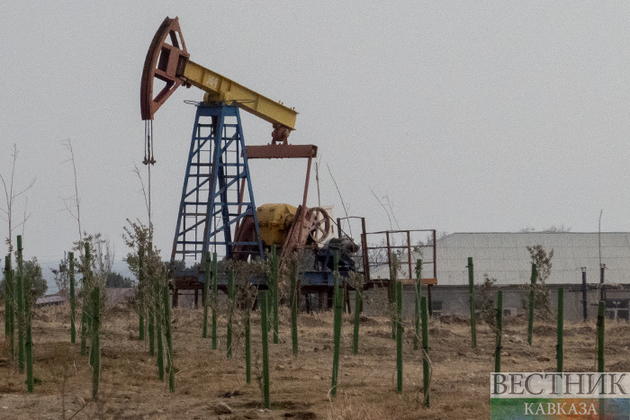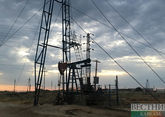The global oil supply map may be reshaped indefinitely as a result of the crisis in Ukraine, with the G7 group of nations imposing sanctions on Russia as well as a price cap on Russian crude. But the potential impact from a wider downturn in demand may be even bigger in the near term, given uncertainty over the consumption picture in China as well as broader economic weakness globally. Volatility is likely to be the only constant in 2023.
According to S&P Global, oil demand is being simultaneously challenged by COVID-related lockdowns in key global consumer China in the East, and by slowing economies in the West, exacerbated by inflationary pressure and higher interest rates. S&P Global Commodity Insights analysts predict that oil demand will increase by an average of 2.3 million b/d on the year in 2022, with growth moderating to 2 million b/d in 2023, a far cry from the outlook in early 2022, when booming oil prices saw the S&P GSCI key commodity index hit record highs and analysts talk up the prospect of a new supercycle.
But much still hangs on China, which has been adversely impacted by its ongoing COVID-19 policies, despite recent changes in protocols and measures taken to stimulate growth. While Asian oil demand is expected to rebound strongly in 2023, China is a wild card, providing risks both to the downside and upside.
In the West, both the US and Europe are sliding towards mild recessions, which will likely play out in the first half of 2023.
"The impact of central bank tightening and elevated energy prices, globally, remain the most acute headwinds, though geopolitical flash points remain a concern, as do financial sector risks," analysts at S&P Global said in a research note. S&P Global analysts predict that Dated Brent crude will average $87/b for 2023 as demand weakens, down from around a $100/b average in 2022.
However, the demand weakness comes amid key supply-side vulnerabilities, which under more typical economic conditions may have caused more persistent triple-digit oil prices. Indeed, Dated Brent shot up to close to $140/b back in March after the beginning of the Russian special operation, before it became clear that Russian oil flows would not be immediately impacted as much as many had expected and with the emergence of global inflation risks.
The International Energy Agency sees a risk of demand outpacing supply in the second half of 2023, which means it doesn't rule out another price rally. Furthermore, there are certainly big unknowns on both sides of the market balances ledger: how hard or soft the economic landing will be and how effective the G7 measures will be on Russia. Even if there is another spike in prices, the likelihood is that this will only fuel inflation further and ultimately erode demand, bringing prices back down again quicker than usual.
Russia focus
The G7's recent $60/b price cap on Russian crude and its clampdown on oil products from February are expected to further shake up global seaborne oil trade, as Russian volumes struggle to find new buyers. Most eyes are now on Asia and the extra volumes it can potentially handle. But Asia has already boosted its purchases of Russian crude since the crisis began, with more than 2 million b/d in additional flows having been redirected to buyers in the region -- half of that going to India -- even before the latest sanctions.
Indeed, Asia needs to plug a supply gap created due to tentative signs of more US and African crude now being diverted from Asia to Europe. But the challenge for Asian buyers will be finding alternative shipping insurance and non-EU vessels to allow oil to continue flowing into the region amid sanctions.
The other key factor on the supply side is OPEC+, with the oil producer group and its Russia-led allies commenting after their meeting Dec. 4 that they would maintain their production restraint for now, adopting a wait-and-see approach. That decision means the 2 million b/d in output quota reduction from October levels will remain in place until the fallout from EU sanctions on Russian crude imports and the G7's price cap becomes more clear.
OPEC+ has noted that the group's next full meeting will be in June, but has said too that it will undoubtedly act with agility should prices or market balances quickly change. It may need to, given that 2023 is unlikely to be any less turbulent than 2022.










